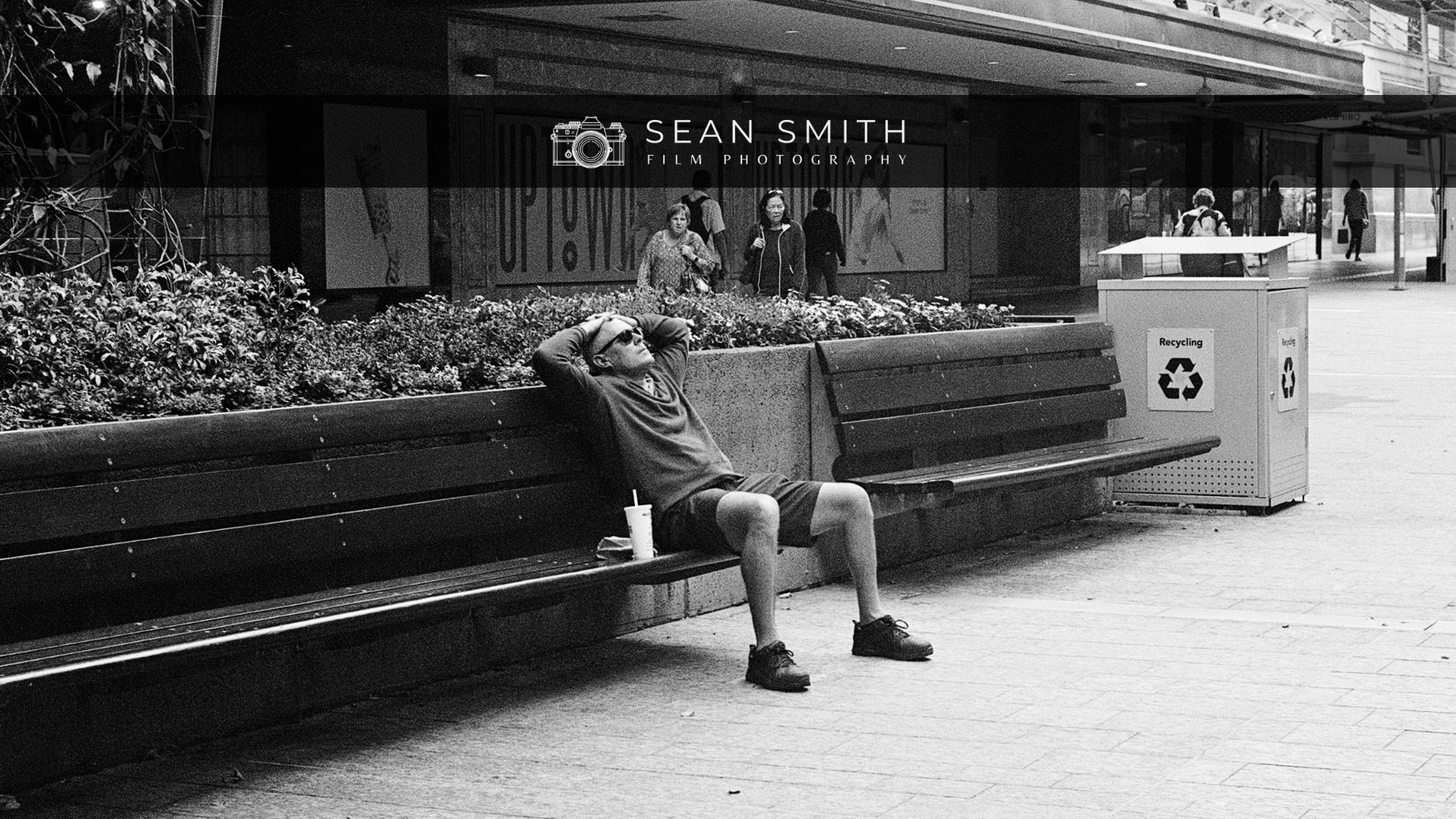EXPERIMENTING WITH HARMAN PHOENIX 200 FILM
Harman Technology, the company more commonly associated with its famous Ilford brand of black & white film, dark room chemicals and photographic paper, has come out with an experimental colour film they’ve branded Harman Phoenix 200. The company has gone to considerable effort on what they are billing as their first ever in-house colour film production, so I figured I’d put the Ilford HP5+ away for a moment and shoot a couple of rolls.
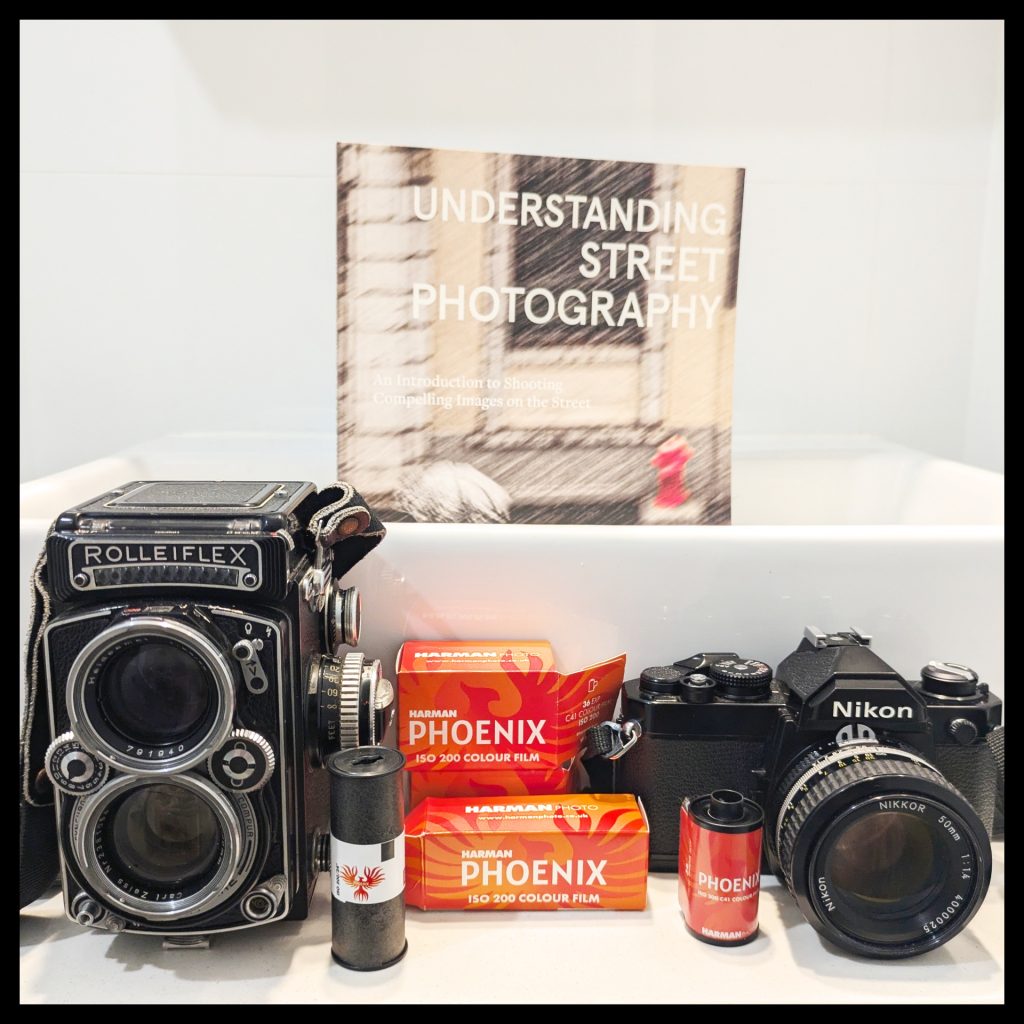
The film has now been released in both 35mm and 120 medium format, so I figured I’d grab rolls of each from my local development business fotofast, and load up my trusty Rolleiflex 2.8e and Nikon FM cameras ready for experimental shooting fun. It just so happened that my home town of Brisbane was holding LIGHTSCAPE as part of the Brisbane (Arts) Festival, so it seemed like a fun way to shoot some rolls of something interesting.
Now, keeping in mind that Phoenix is rated 200iso, and from reviews I’ve read should probably be shot only in daylight and at 100iso, this is really way too slow conceptually to shoot scenes in the dark. But I figured with a few bright light sources I’d be able to get some half decent images, shooting the Rolleiflex at f2.8 (1/30) and the Nikon at f1.4 (1/125).
As anticipated, I got a fair few crappy shots. But also some wonderful shots as well. Starting with the Rolleiflex, I got these lovely big shots of Lightscape installations making full use of the direct lighting in play.
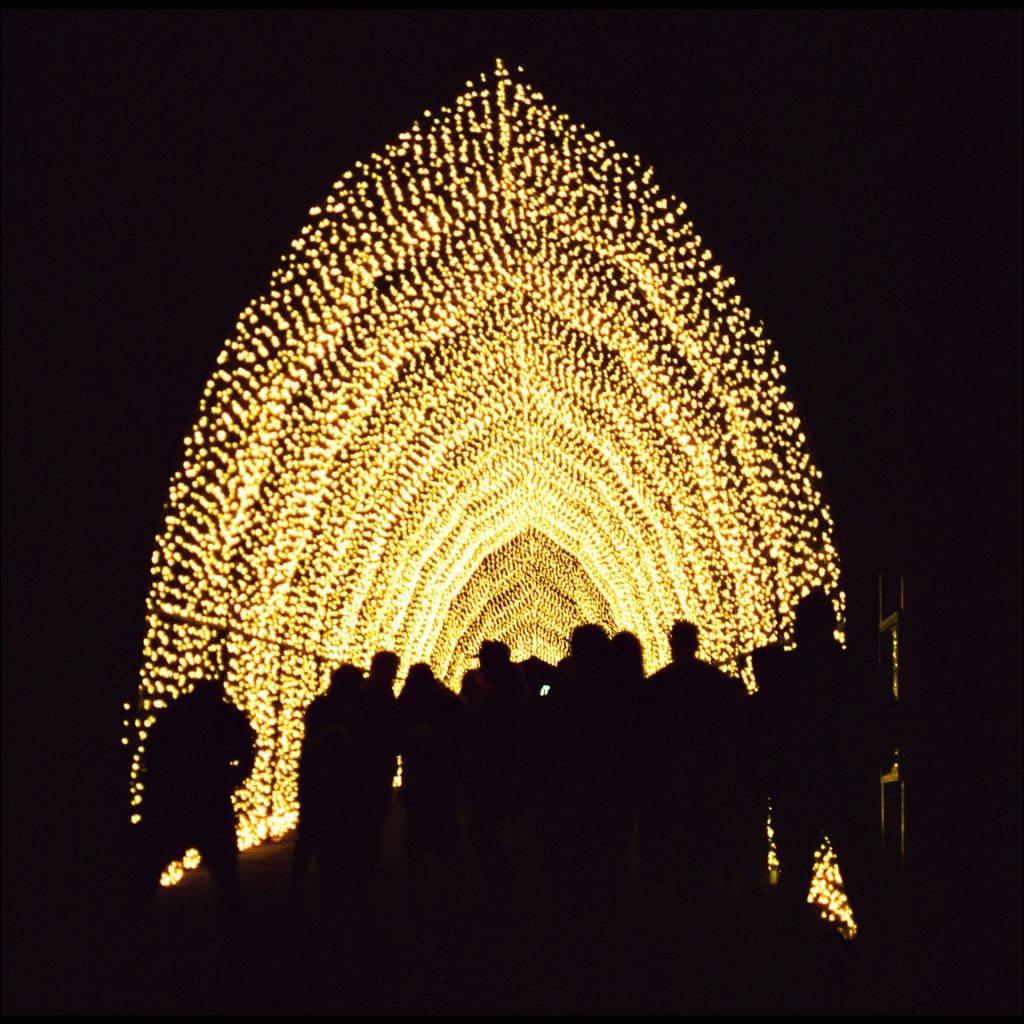
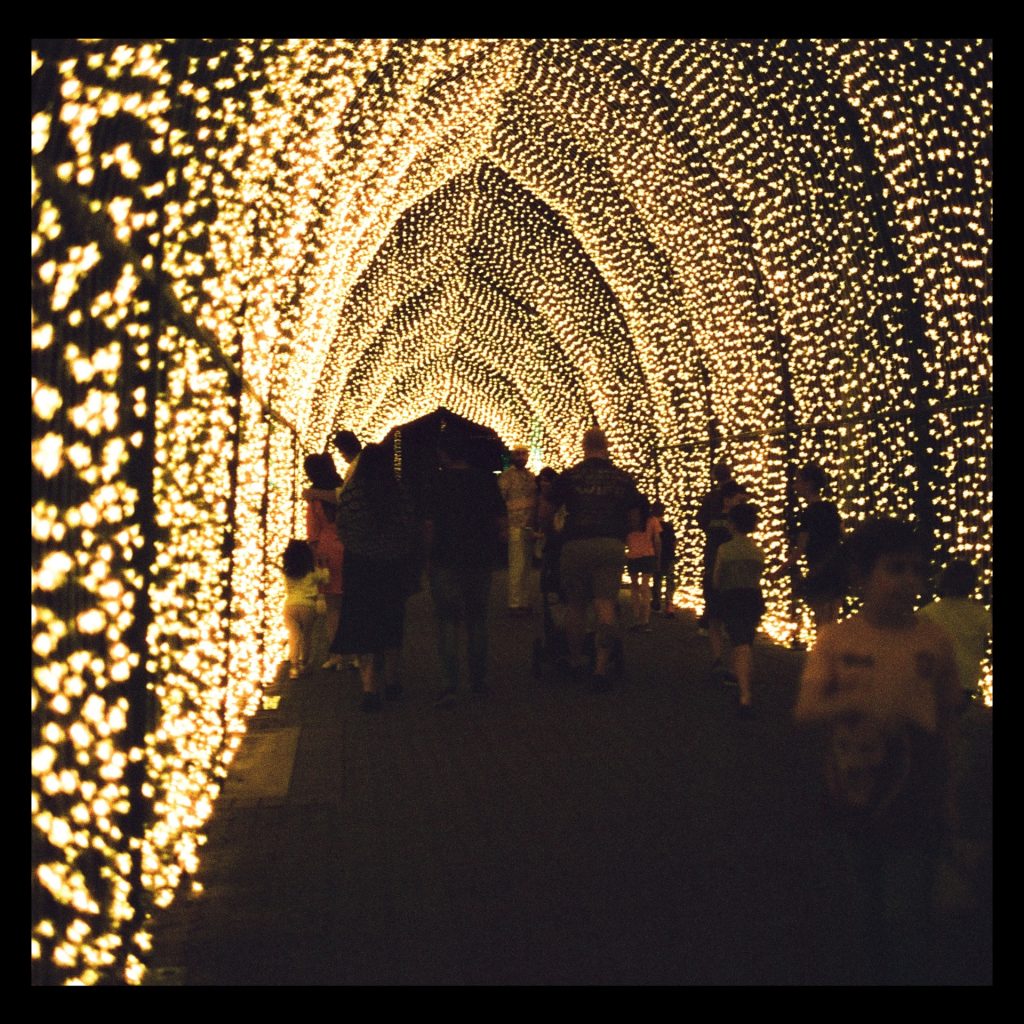
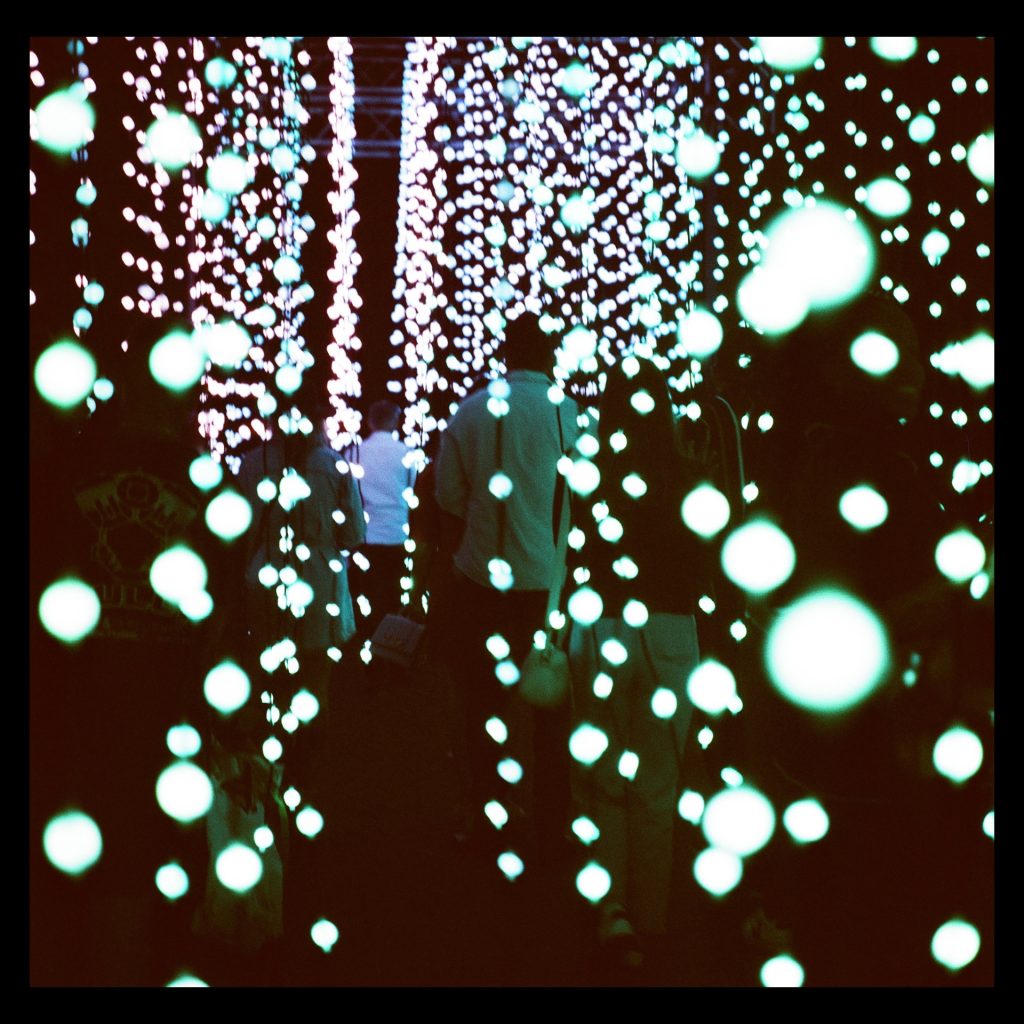
Photographers playing with Harman Phoenix have called it contrasty, retro, and somewhat liberal in its depiction of colours. There’s also some reference to Cinestill-esque halation, which I felt interesting. And there’s certainly no doubt there’s some halation coming through in the images, but to my mind in a more subtle, and quite pleasing way.
Next up was some 35mm in the Nikon FM. I’d have shot this with a slower shutter speed than 1/125 if I had brought a tripod, but the event banned both tripods and flash, so I figured 1/125 was the safest bet for hand-held shooting.
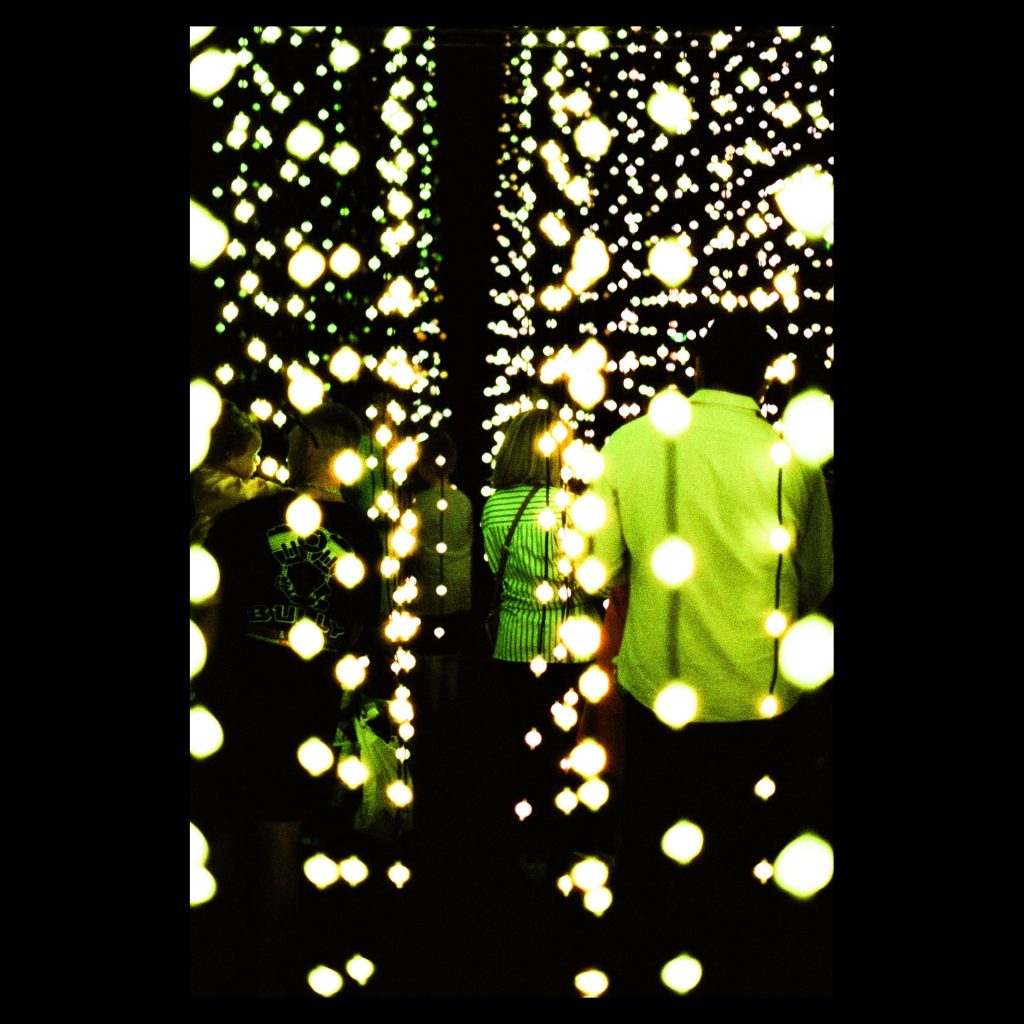
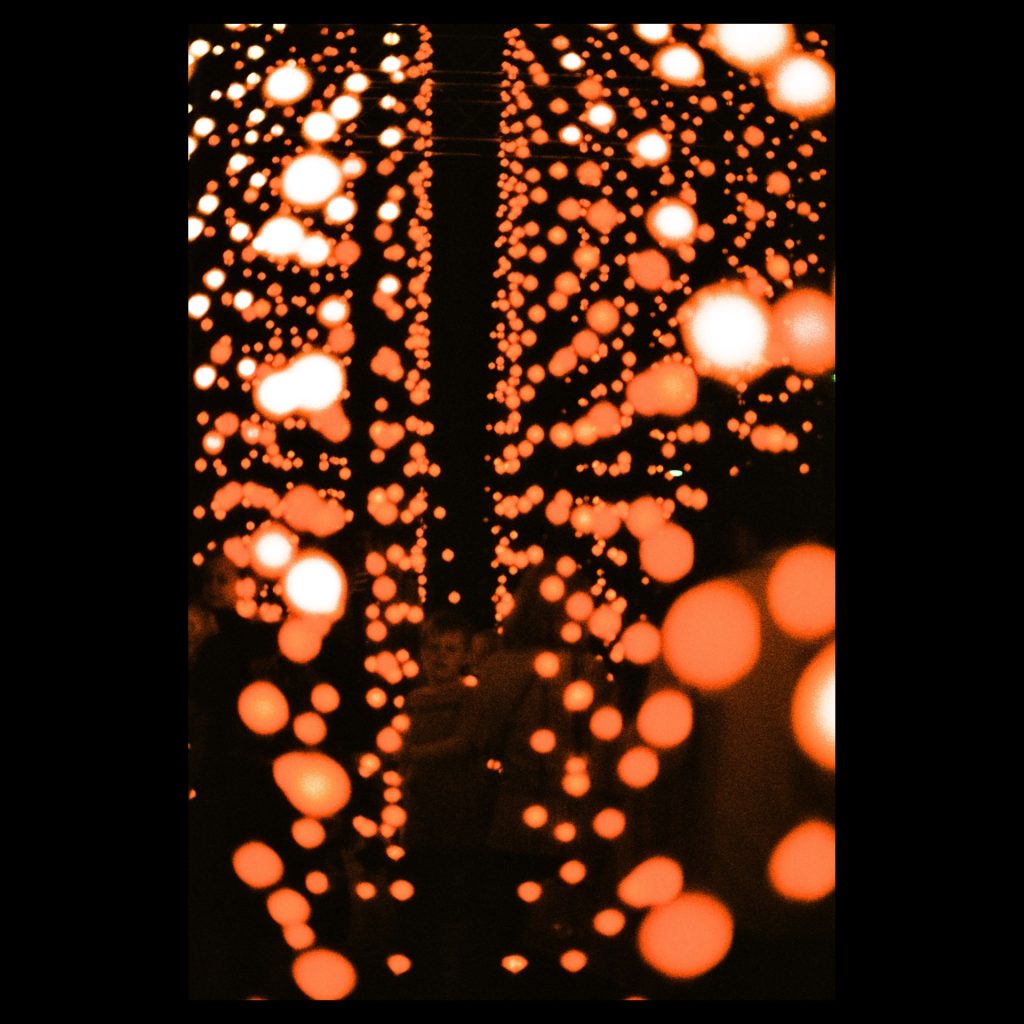
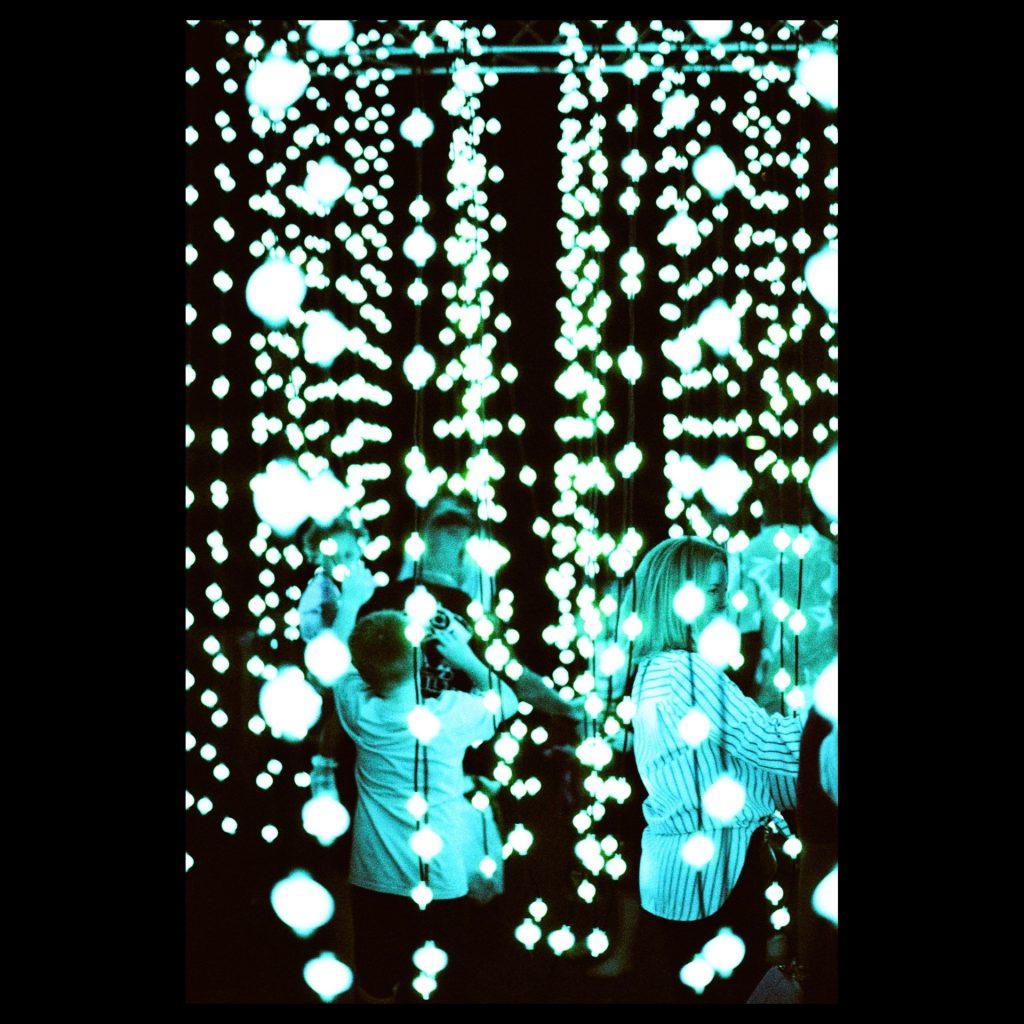
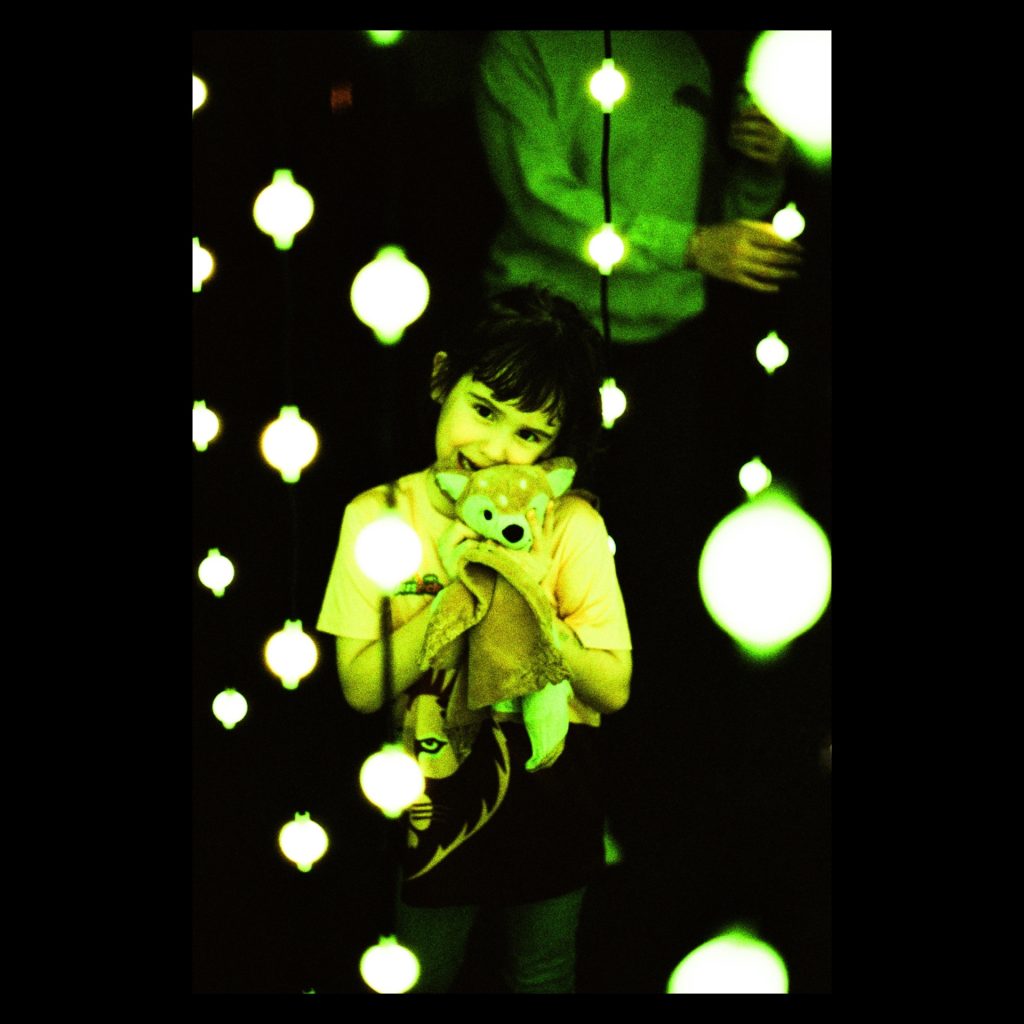
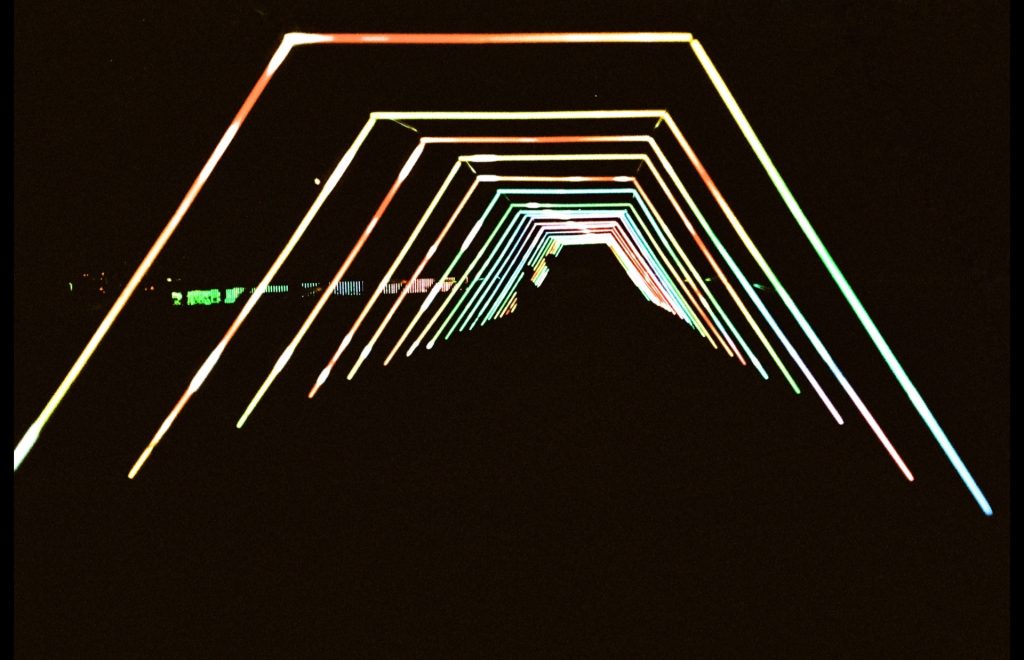
The 35mm shots in the dark were a pleasant surprise once developed. I felt the halation effect was a little more pronounced compared to the 120 medium format version. There’s a very arty feel to the rendering of light, it comes through grainy and yet still surreal. I was again pretty happy with how these turned out.
Finally, I thought I better shoot a couple of shots in daylight since that is seemingly what this film is developed for, and would help to better judge how the colours are rendering in the Phoenix.
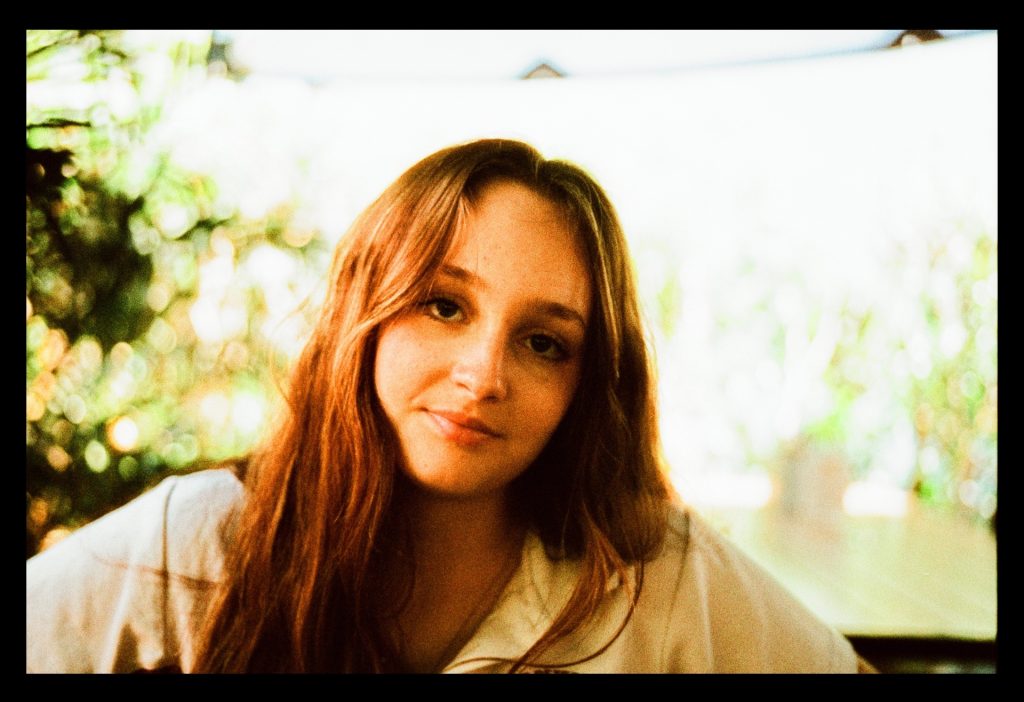
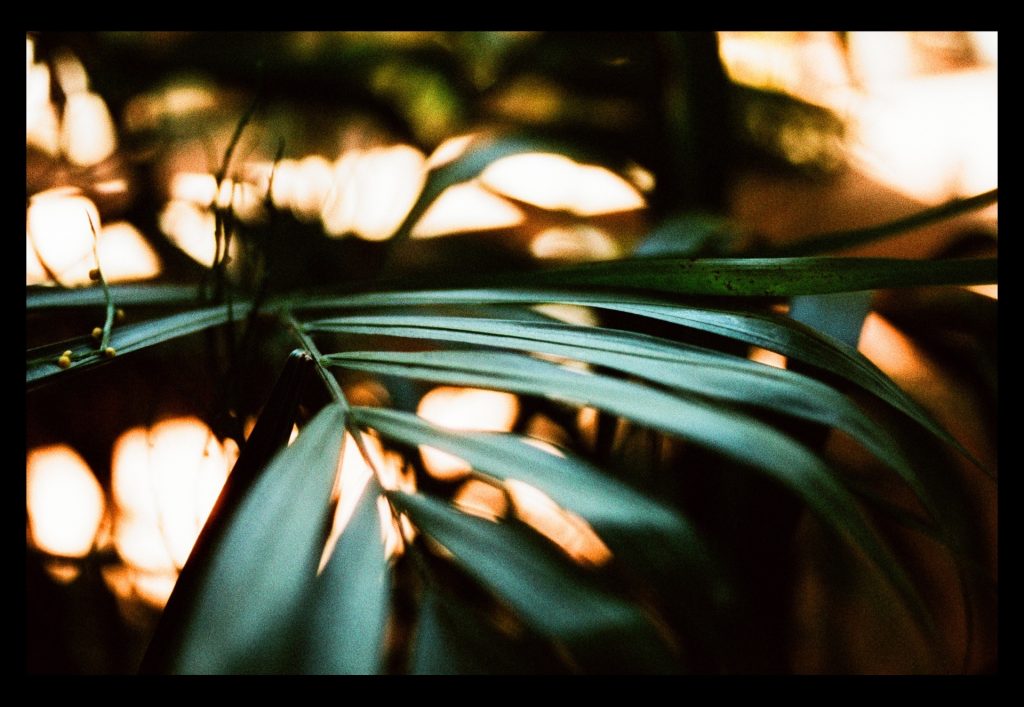
Now we are seeing some serious colour deviation. Strong red and green tinges, very little in the blue range. Very grainy and contrasty as well, it really reminded me of using the Hipstamatic phone app 15 years ago where it shot and rendered stylistic “retro” film shots.
It’s certainly an interesting film stock and worth having a play with. I wouldn’t want to use it for anything serious at this stage, I certainly won’t be packing it for any upcoming wedding shoots for example. But for holiday snaps and arty shots, I think it’s a fun stock to play with and a good alternative to Kodak Gold or any of the playful lomography films.
